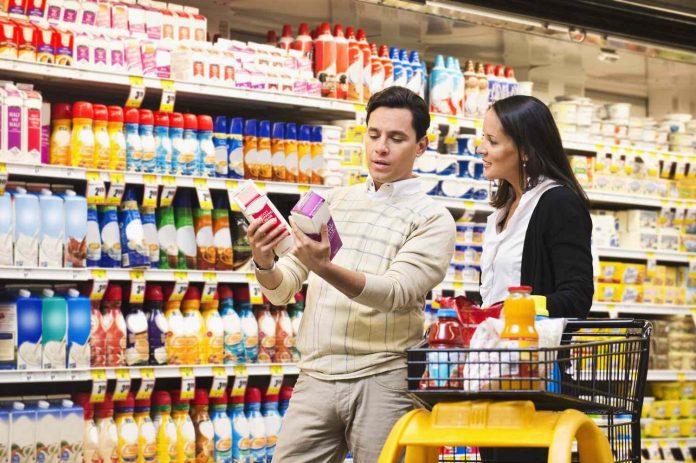As the retail ecosystem in India continues to evolve, merchandising has grown from a tactical back-end activity into a front-line sales strategy. And in 2025, the rules of the game are changing fast.
Let’s break down what’s driving effective merchandising strategies across the country this year.
H2: 1. Hyperlocal Thinking is Mainstream
What influences purchase decisions in Surat may be irrelevant in Siliguri. Retailers and brands are now taking a hyperlocal approach to merchandising—customizing displays based on local festivals, climate, store format, and shopper behavior.
This shift is backed by execution partners who understand the local landscape and can adapt national campaigns at a regional level. A recent trend shows how brands that factor in regional consumer cues while executing POS materials tend to see higher off-take and better retailer alignment.
2. Merchandising Is Data-Driven Now
Gut feeling is taking a back seat. In 2025, brands are relying on real-time store data to drive merchandising decisions. Which SKUs are moving fast? Where is the shelf share lagging? What POSM is actually getting installed?
The use of field reporting tools and visual proof systems is becoming the norm. These help track planogram compliance, identify gaps, and provide insights that improve not just visibility but also product availability. Many companies are integrating these insights into weekly sales reviews, treating merchandising as a measurable driver, not just an expense.
3. Visual Cues Are Evolving Beyond Modern Trade
While malls and supermarkets have long adopted visual merchandising best practices, general trade stores—where a large chunk of Indian retail still happens—are catching up. Brands are becoming more intentional about shelf blades, countertop units, and regional language displays.
What’s new is the adaptation of these elements to suit smaller spaces, low-light interiors, or shared shelf setups. The focus has shifted from “bigger displays” to “smarter presence.” And it’s working—visually optimized displays are helping brands win in competitive categories like FMCG and personal care.
4. Speed and Flexibility Are Non-Negotiable
With multiple seasonal windows, IPL-led surges, and frequent new product launches, brands can’t afford delays in their in-store presence. In fact, quick turnarounds—from ideation to execution—are now a benchmark for success.
To stay agile, companies are increasingly relying on execution platforms and task-tracking tools that offer last-mile visibility. The ability to audit installations, troubleshoot bottlenecks, and reroute campaigns in real time is proving to be a differentiator, especially in high-volume deployments.
5. Retailer Trust Is Being Rebuilt with Transparency
Retailers are key partners in any successful merchandising plan. In 2025, there’s growing emphasis on transparent, tech-enabled collaboration with them, especially in general trade.
Several brands have adopted direct-payment models or centralized platforms to manage retailer incentives and claims related to merchandising. This not only increases trust but also reduces dependency on intermediaries who might dilute campaign integrity. And it creates a cleaner, more accountable feedback loop for future campaigns.
6. Execution Audits Are a Standard Practice
One of the most visible changes in merchandising strategy today is the move toward third-party validation. It’s no longer enough to plan and dispatch branding materials—brands want to know what actually went live, when, and how it looked.
Photo-based audits, geo-tagged installations, and analytics dashboards are now commonplace. They help close the loop between planning and reality, offering insights that can shape the next round of POS design, rollout strategy, or even regional marketing.
7. Sustainability in Merchandising Is on the Horizon
While still emerging, sustainable merchandising is gaining attention. More brands are asking how they can reduce PVC usage, explore recyclable substrates, or switch to modular branding units that can be reused or repurposed.
This is especially relevant for national-scale rollouts where the environmental footprint can be significant. Expect more innovation in this space in the coming years as both global mandates and local values push for greener execution models.
Wrapping Up
Product merchandising in India is no longer just about stacking shelves. It’s about precision, speed, insight, and relevance—all working together to influence shopper behavior in real time.
As the tools, expectations, and market complexities grow, so does the need for specialized expertise and reliable partners. Companies like PPMS—with their extensive field reach and integrated reporting platforms—are part of this evolving landscape, enabling brands to execute smarter and scale faster.
Whether you’re rolling out a new product, planning a festive campaign, or simply aiming to improve shelf presence, the strategies that worked five years ago won’t cut it in 2025. But with the right mix of local insight, digital tools, and real-time feedback, you’ll be ready for what’s next.




